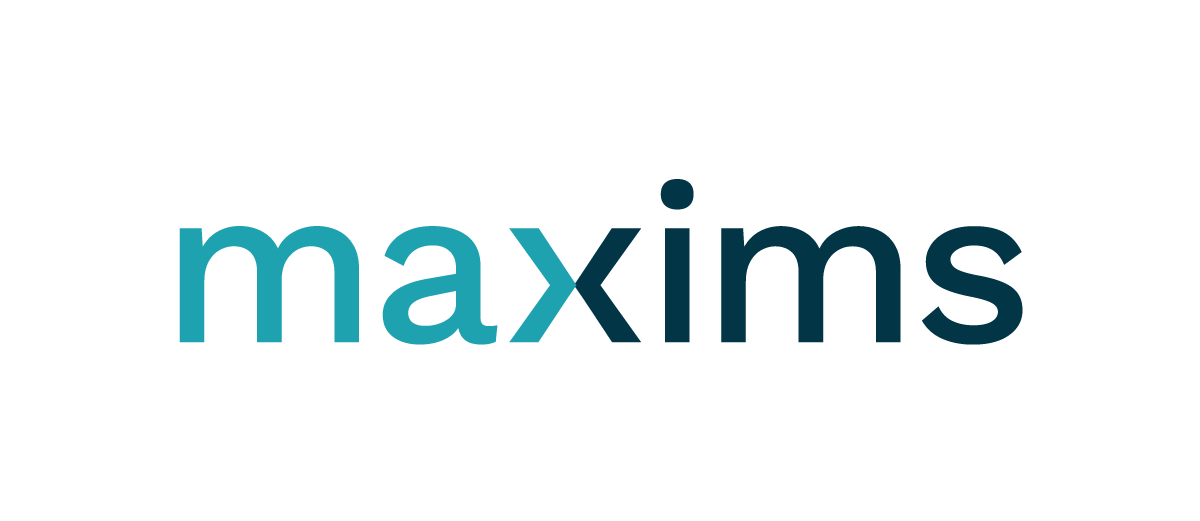IMS MAXIMS joining the Professional Record Standards Body (PRSB) Quality Partner Scheme
IMS MAXIMS Chief Medical Officer, Michael Thick shares his thoughts on data standardisation and working together with the PRSB
Data standardisation challenges
Making data meaningful
Data standardisation has been a significant driver for a number of years across health and social care. I think there has always been tacit agreement that products going into the NHS need to be standardised and working to agreed data models, not only to ensure that the quality of information remains high, but so that data exchange is also easily achieved.
In 2021 we were already moving towards a model where data can be held and analysed more effectively and we can only make sense of the data if there is some kind of commonality in the way that it’s structured, with a sensible data model that can be shared and used widely, because only then does it become meaningful. But while we haven’t achieved it thus far, the work of the Professional Record Standards Body (PRSB) in developing information standards and encouraging adoption and implementation gets my full support.
What can we all do about it?
Establishing best practice
The Professional Record Standards Body (PRSB) develops and helps implement national standards for the structure and content of health and social care records. These standards exist to address the challenges associated with poor data standardisation across the NHS and improve the safety and quality of health and social care, by ensuring that information is recorded correctly, enables interoperability and can be readily shared across the NHS. Recently last year the PRSB was commissioned by NHS Digital to create a range of national social care information standards, and continues to develop standards across a number of diverse areas including, but not limited to, urgent care, pharmacy and pathology.
I see the PRSB as the natural partner for health and social care given their achievements thus far and it’s the natural home for data definition, developing the standards and encouraging widespread adoption and implementation. We must support careful management of data and encourage our colleagues, partners and the public to understand what it can do for us. The last 18 months of the global pandemic has shown us how data can be shared safely and used for the benefit of us all so we should be confident in its application and use. Standardised data drives technology and innovation which in turn can be applied to improve both care and safety.
The IMS MAXIMS mission
Our journey with the PRSB Quality Partner Scheme
It is therefore important for IMS MAXIMS to join the Quality Partner Scheme, where digital system software suppliers can collaborate closely together with the PRSB and their network of experts, professionals and citizens, to join in the shared aim of developing, adopting, implementing and conforming to these agreed standards across their solutions providing the foundations for true interoperability across health and social care.
IMS MAXIMS wants to be able to show anyone with an informed eye that we are committed to engaging with best practice and convergence with user led standards and are intent on delivering our mission with regard to data sharing as one of our key priorities. We believe and are committed to the idea that the best way to do that is through commonality of definition and a shared data model. We are making sure that as far as is possible all our data structures can adopt PRSB standards and can be shown to do so.
IMS MAXIMS will be looking at two of PRSB’s standards – initially ‘About Me’ and we’ll be committing member of our team to work on the development of the Accident & Emergency (A&E) standard. Both standards suit our organisation well and are of equal importance and value.
The ‘About Me’ information standard looks at the most important details that a person wants to share with professionals in health and social care. This information might include how best to communicate with the person, how to help them feel at ease or details about how they like to take their medication and is part of a wider set of national standards relating to the sharing of information between health and social care that PRSB were commissioned by NHS Digital to help create.
With the A&E standard, we are working hard, particularly with A&E software developments recognising that it’s not just about sending data out but also bringing it in – deriving commonality with primary care. Visibility of a primary care record is really important for A&E clinicians to access. We recognise that this isn’t easy but we are keen to show that we support the model directly, not just by talking about it, but by doing it. For A&E we hope the standard will create an effective data interface between primary and secondary care as well as ambulance services. We are pleased to be a partner with PRSB and we’re looking forward to working on the developing standards with a wide range of interested parties.
